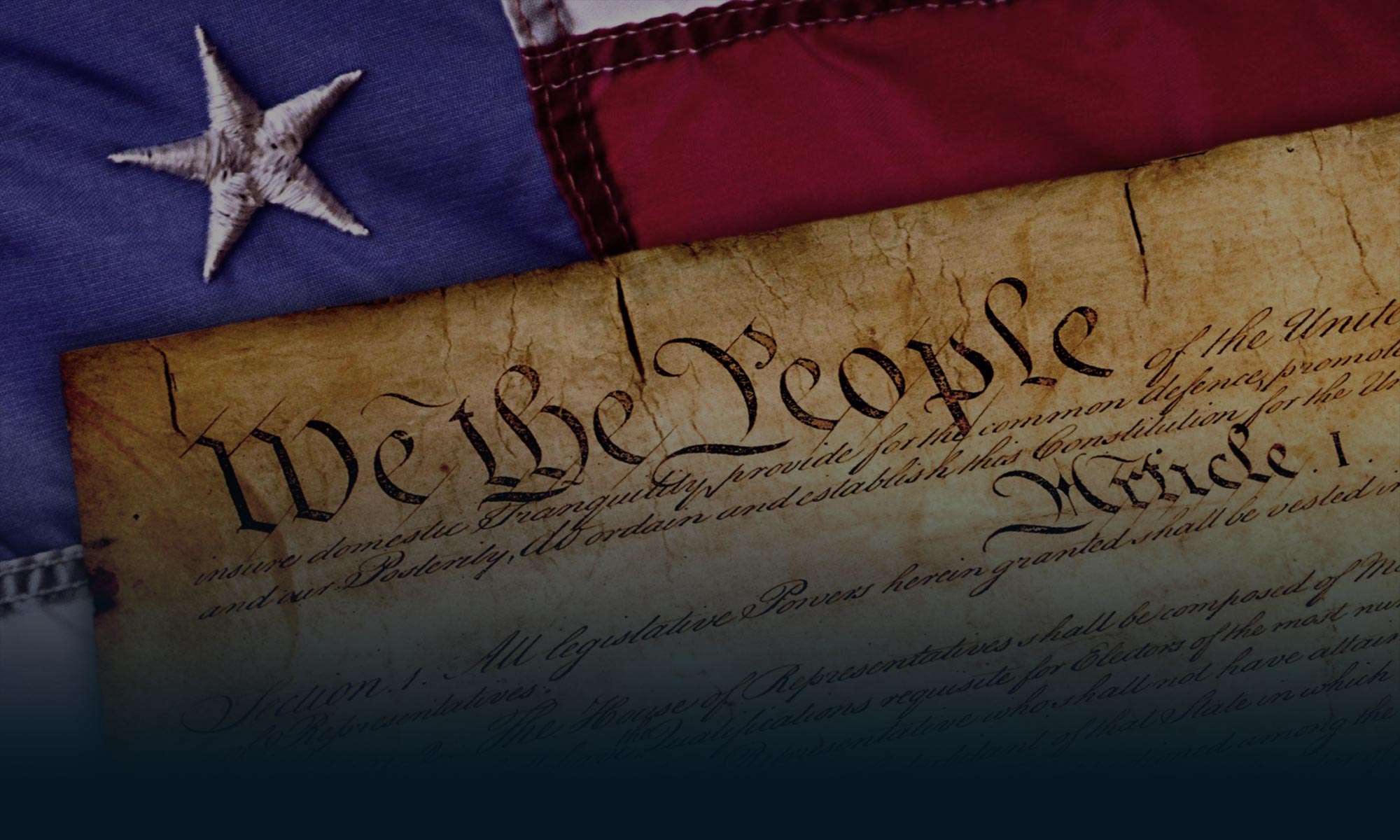The technology crowd’s objections to the copyright protection bills, now moving their way through Congress, put one in mind of H.L. Mencken’s crack that criticism is prejudice made plausible. This, because that industry’s leaders, scribes, and think tanks uniformly oppose every legislative initiative aimed at protecting copyrighted content, even as they frequently give lip service to the concept .
From the Digital Millennium Copyright Act (DMCA) in the late ’90s – which they fought tooth and nail, but cling to in today’s debates as though it were an uncle come to jail with money for the bail bondsman – to today’s Protect IP and Stop Online Piracy acts (good summaries of which are here and here), the techies profess all sorts of high-minded concerns, but never at the expense, you understand, of their business plans.
Take, for instance, Google, the 800-pound gorilla, inside and outside the Beltway, regarding all things digital. The company’s executive chairman, Eric Schmidt, claims that attempts to crack down on rogue sites profiting from copyright infringement could set a “disastrous precedent” for freedom of speech, and also that they would encourage more restrictive Internet policies in countries like China.
This is serious stuff, and would be more serious still if (a) it were true, and (b) it issued from a company with any public policy credibility in this regard. Alas, neither is the case. Let’s start with the credibility problem first.
The best example of a U.S. policy that really would have (or might still) set a bad precedent regarding repressive regimes abroad is the FCC’s recently concluded Network Neutrality proceeding. Indeed, in March of last year the U.S. Coordinator for International Communications & Information Policy at the State Department, Philip Verveer, had this to say about the subject at a Media Institute luncheon in Washington: “The net neutrality proceeding is one that could be employed by regimes that don’t agree with our perspectives of essentially avoiding regulation of the Internet … it could be employed as a pretext or as an excuse for undertaking public policy activity that we would disagree with pretty profoundly.”
Though there are those, of whom I’m one, who think the FCC’s subsequently enacted Internet rules, though greatly watered down, still went too far, the more interesting thing to note in this regard is that Google was the leading figure among those lobbying in support of net neutrality.
In the summer of 2006, for instance, Eric Schmidt himself penned a note on Google’s Public Policy Blog that read in part:
The Internet as we know it is facing a serious threat. There’s a debate heating up in Washington, D.C. on something called “net neutrality” – and it’s a debate that’s so important Google is asking you to get involved. We’re asking you to take action to protect Internet freedom….
Creativity, innovation, and a free and open marketplace are all at stake in this fight. Please call your representative and let your voice be heard.
And then there’s the argument, made by Google and lesser apologists of unfettered infringement, that the Protect IP and Stop Online Piracy acts undermine the speech guarantees of the First Amendment. Whether it’s because they like the sound of the accusation, or because, not knowing any better, they actually believe it, there’s a lot of this nonsense going around the technocracy.
They might be more cautious about making such claims if they read the First Amendment analysis of the Protect IP Act written by the most distinguished First Amendment scholar of our age, Floyd Abrams. In a 12-page letter sent on May 24 to Senate Judiciary Committee members Leahy, Hatch, and Grassley, Abrams lays out a compelling argument that the Act is consistent with the First Amendment, and concludes with these observations:
Among a range of objections, two core critiques stand out. First, there is a recurring argument that the United States would be less credible in its criticisms of nations that egregiously violate the civil liberties of their citizens if Congress cracks down on rogue websites. Second, there is the vaguer notion that stealing is somehow less offensive when carried out online….
I disagree. Copyright violations are not protected by the First Amendment. Entities “dedicated to infringing activities” are not engaging in speech that any civilized, let alone freedom-oriented nation protects. That these infringing activities occur on the Internet makes them not less, but more harmful. The notion that by combating such acts through legislation, the United States would compromise its role as the world leader in advancing a free and universal Internet seems to me insupportable. As a matter of both constitutional law and public policy, the United States must remain committed to defending both the right to speak and the ability to protect one’s intellectual creations. This legislation does not impair or overcome the constitutional right to engage in speech; it protects creators of speech, as Congress has since this Nation was founded, by combating its theft.
Abrams’ last point is especially noteworthy. Not only is the current concern with copyright protection nothing new, it is in fact as old as the country itself. Reading the overwrought diatribes of the tech community one might get a different impression, but in fact it’s all there in black and white, among the “enumerated powers” in Article 1, Section 8 of the U.S. Constitution.
For those who have forgotten, or never knew, this so-called copyright clause empowers Congress “To promote the Progress of Science and the useful Arts, by securing for limited Times to Authors and Inventors the exclusive right to their respective Writings and Discoveries.”
Language and wisdom, that is to say, that is not the contemporary creation of the heads of the motion picture studios, but of the Founding Fathers more than 200 years ago.
The opinions expressed above are those of the writer and not of The Media Institute, its Board, contributors, or advisory councils.

